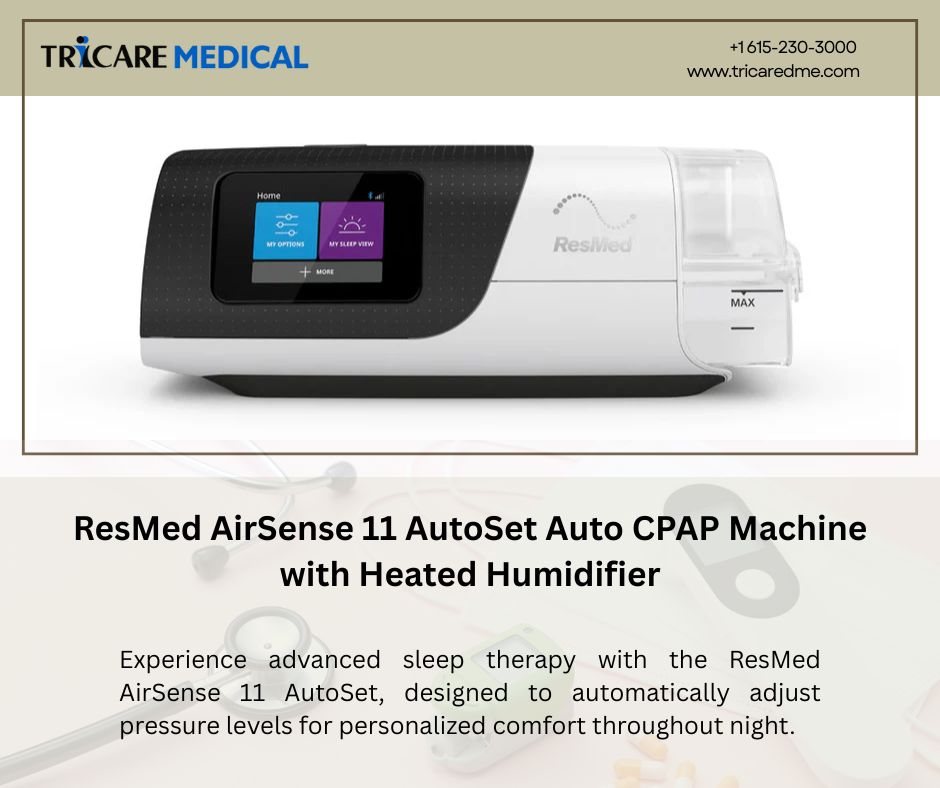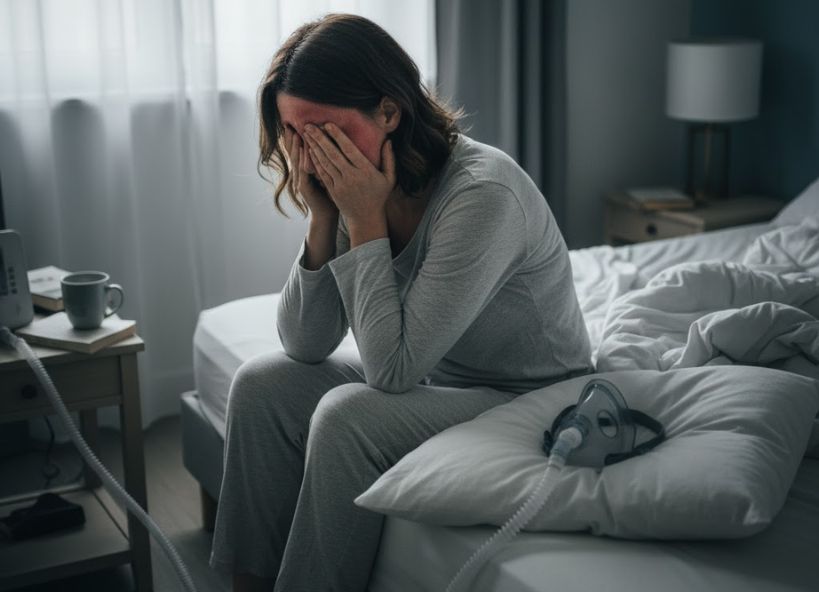Choosing the Perfect CPAP Mask for Your Sleep Style
- 3 min reading time
Continuous Positive Airway Pressure (CPAP) therapy is a proven solution for managing obstructive sleep apnea, and selecting the right mask is vital for success. There are three main types of CPAP masks: nasal masks, nasal pillows, and full-face masks. Nasal masks cover just the nose and suit those who require moderate to higher air pressure. Nasal pillows sit at the nostrils and offer a lightweight, low-profile option—ideal for those who dislike bulky masks or need less pressure. Full-face masks cover both nose and mouth, making them best for those who breathe through their mouth or need higher pressure settings.
Matching Mask Type to Sleep Position
Your regular sleep position significantly influences CPAP mask comfort and efficacy. Side sleepers are often recommended to use nasal pillows or nasal masks. These types cover less of the face and are less likely to get dislodged or create leaks when turning during sleep. For back sleepers, nearly any mask type—including full-face, nasal, or nasal pillows—can be a good option, as head position offers stability without disrupting the seal. Stomach sleepers may face unique challenges, since larger masks can press into the face. Nasal pillows are generally best for this group, as their compact design minimizes discomfort and leakage.
Additional Fit and Comfort Considerations
Fit is an essential part of overall comfort with CPAP therapy. Choosing a correctly sized mask prevents air leaks and skin irritation, while also ensuring the therapy remains effective. Adjustable headgear, soft materials, and cushions can further minimize irritation. If claustrophobia is a concern, nasal pillows provide the least obstructive fit. Users with facial hair may find nasal pillows or masks with soft, flexible seals more effective in preventing leaks. Masks and accessories should be tried in the usual sleep position, with air pressure set to prescribed levels, to ensure a secure and comfortable seal throughout the night.
Tips for Better Sleep with CPAP
Adapting to CPAP can be challenging, but these steps help increase comfort and adherence:
- Test several mask types and sizes to discover the best fit before final selection.
- Use CPAP-friendly pillows, especially for side sleepers, to avoid shifting and promote seal stability.
- Practice wearing the mask briefly during relaxing activities (like reading or watching TV) to desensitize against discomfort.
- Keep the mask and machine clean to prevent skin issues and infections.
- Adjust humidity and headgear settings as needed to maintain comfort throughout the night.
Watch more: Resmed CPAP Mask
Customizing Your Solution
Each person's face shape, sleep habits, and health needs are different, so the perfect CPAP mask must be chosen through a combination of expert guidance and personal trial. Engage sleep specialists for personalized fitting and troubleshooting. Regularly reassess comfort and performance, and don’t hesitate to try a new style or accessory if needs evolve.
Conclusion
Finding the perfect CPAP mask tailored to a unique sleep style takes time, patience, and ongoing adjustment, but it makes a profound difference in sleep apnea therapy comfort and success. With the right mask, restful sleep and improved health are within reach for anyone living with sleep apnea.



